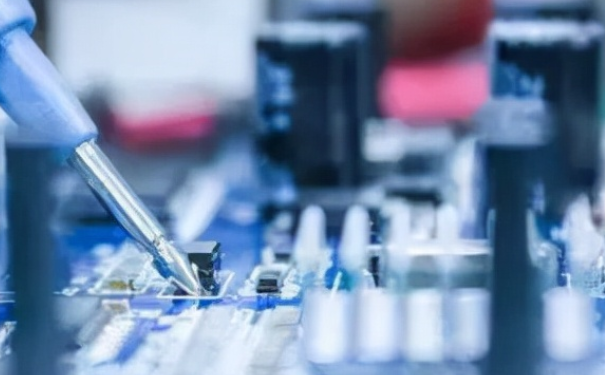Welding quality inspection what are the technical requirements for circuit board welding?
Date:2022-07-12 18:28:46 Views:2217
Welding, as an industrial "tailor", is a very important processing means in industrial production. The quality of welding plays a decisive role in product quality. In circuit board proofing, welding is a very important process. Then, what are the technical requirements for circuit board welding? Come and have a look!

Conditions for PCB welding
1. Weldments have good weldability
The so-called weldability refers to the performance of the alloy that can form a good combination between the metal material to be welded and solder at an appropriate temperature. Not all metals have good weldability. In order to improve the solderability, measures such as tin plating and silver plating on the surface can be taken to prevent the oxidation of the material surface.
2. The surface of weldment shall be kept clean
In order to achieve a good combination of solder and weldment, the welding surface must be kept clean. Even weldments with good weldability may produce oxide films and oil stains harmful to infiltration on the surface of weldments due to storage or contamination. Be sure to remove the dirty film before welding, otherwise the welding quality cannot be guaranteed.
3. Use proper flux
The function of flux is to remove the oxide film on the surface of weldment. Different fluxes should be selected for different welding processes. When welding precision electronic products such as printed circuit boards, rosin based flux is usually used to make the welding reliable and stable.
4. The weldment shall be heated to an appropriate temperature
The welding temperature is too low, which is unfavorable to the penetration of solder atoms, unable to form alloys, and is very easy to form false soldering; If the welding temperature is too high, the solder will be in a non eutectic state, accelerating the decomposition and volatilization speed of the flux, reducing the quality of the solder, and even causing the solder pad on the printed circuit board to fall off in serious cases.
5. Suitable welding time
Welding time refers to the time required for physical and chemical changes in the whole process of welding. When the welding temperature is determined, the appropriate welding time should be determined according to the shape, nature and characteristics of the weldment. The welding time is too long, and the components or welding parts are vulnerable; If it is too short, the welding requirements cannot be met. In general, the longest time for each welding point to be welded is not more than 5S.
Welding achieves the purpose of joint through the following three ways:
1、Fusion welding——Heat the workpiece to be joined to make it locally melt to form a molten pool. After the molten pool is cooled and solidified, it will be joined. If necessary, it can be assisted by molten filler. It is suitable for the welding processing of various metals and alloys without pressure.
2、Pressure welding——The welding process must exert pressure on the weldment, which belongs to the processing of various metal materials and some metal materials.
3、Brazing——The metal material with lower melting point than the base metal is used as the solder, and the liquid solder is used to wet the base metal, fill the joint gap, and diffuse with the base metal to realize the joint weldment. It is suitable for welding and processing of various materials, as well as different metals or dissimilar materials.
The above is the content related to the welding technology testing compiled by the core testing team. I hope it will be helpful to you. Shenzhen Chuangxin Online Testing Technology Co., Ltd. is a well-known professional testing institution for electronic components in China, with 3 standardized laboratories covering an area of more than 1000 square meters. The scope of testing services covers: electronic component testing and verification, IC authenticity identification, product design and material selection, failure analysis, function testing, factory incoming material inspection, component X-ray testing, taping and other test items.




 Weixin Service
Weixin Service

 DouYin
DouYin
 KuaiShou
KuaiShou





















